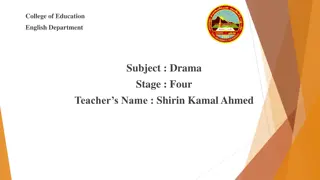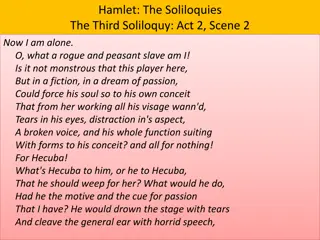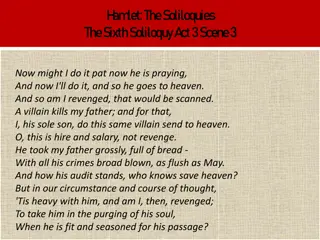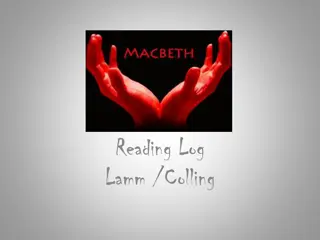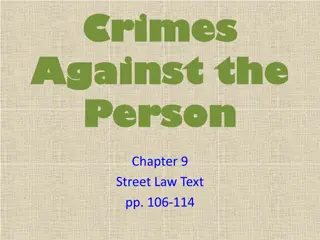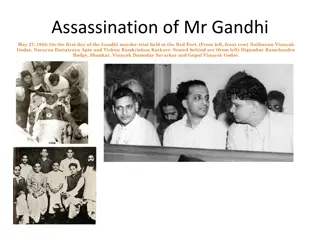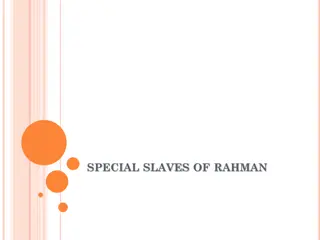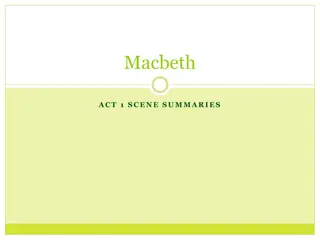
Photograph Analysis and Evaluation: Benetton Group Advertising Campaign
Explore the visual elements and composition of a Benetton Group advertisement, analyzing lighting, colors, form, and shape. Consider the influence on the photographer's decisions and the impact of the campaign's controversial nature.
Download Presentation

Please find below an Image/Link to download the presentation.
The content on the website is provided AS IS for your information and personal use only. It may not be sold, licensed, or shared on other websites without obtaining consent from the author. If you encounter any issues during the download, it is possible that the publisher has removed the file from their server.
You are allowed to download the files provided on this website for personal or commercial use, subject to the condition that they are used lawfully. All files are the property of their respective owners.
The content on the website is provided AS IS for your information and personal use only. It may not be sold, licensed, or shared on other websites without obtaining consent from the author.
E N D
Presentation Transcript
Last lesson we learnt and considered the following 1. Who are the Benetton Group? 2. Who is Oliver Toscani? 3. Whilst Benetton is a clothing company, what do they pride themselves on? 4. Why is the name United Colors of Benetton significant? 5. Is Toscani s argument about the responsibility of the media valid? 6. Why might people be critical of Toscani s work and Benetton s advertising campaigns?
This is the first advertisement we are going to consider. What are your initial thoughts?
1. The literal and your reaction 1. What can you see in the photograph? Be literal. List every detail. In this photograph I can see _____ 2. What is your reaction to this photograph? Think of the emotions that it conjures up. It is a ______ image.
2. The composition 1. What type of shot is this? Portrait / landscape? Long / medium / close up? 2. Is the rule of thirds applied here? 3. Is the photograph symmetrical or asymmetrical? Is it balanced or unbalanced? 4. What is in the foreground? What is in the background? What is in the middle ground? 5. Is it cluttered and chaotic or free and empty?
3. Lighting and colour 1. What type of light has been used? Dark, light or middle? Flat, uniform, smooth, plain or varied, broke, contrasting? Hard or soft? Natural or artificial? Focused or subtle? 2. What type of colours have been used? Natural or artificial? Lively or subtle? Clashing, garish, jarring or harmonious and earthy? Strong and vibrant or dull and flat?
4. Form and shape 1. What form has the photograph taken? Is it 2D and flat or 3D and with a sense of depth and space? Is it abstract or natural and realistic? Is it stylized or is it simple? 2. What shape has the photograph taken? Is it blurred, distorted and obscured or sharp and focused? Is it distinct or overlapping? Is it geometric, linear, long and narrow or is it soft and fluid?
Criterion B Criterion B Analysis and evaluation of the extracts and their works / texts are relevant and insightful. What influenced the photographer s decisions with regard to the composition of the photograph?
In 1982 the Mafia killing of Benedetto Grado in Palermo, Italy, was captured by Franco Zecchi. Ten years later the image was featured in Benetton s spring/summer 1992 campaign. Photographer Franco Zecchi s bloody picture was met with resentment throughout Italy and the world especially when the daughter of Benedetto Grado asked How does my father s death enter into publicity for sweaters? Various publications refused to print the advertisement.
http://gangstersinc.ning .com/profiles/blogs/a- mafia-killing-in-sicily As a result of reading this blog post, does our understanding of the photograph alter in any way when we think about the literal, the composition, lighting, colour, shape, form? How does this background knowledge affect our interpretation of the photograph? What is the significance of some of the decisions the photographers have made? Insightful
Global issues Culture Identity Community Power Politics Justice Arts Creativity Imagination Beliefs Values Education Science Technology Environment





